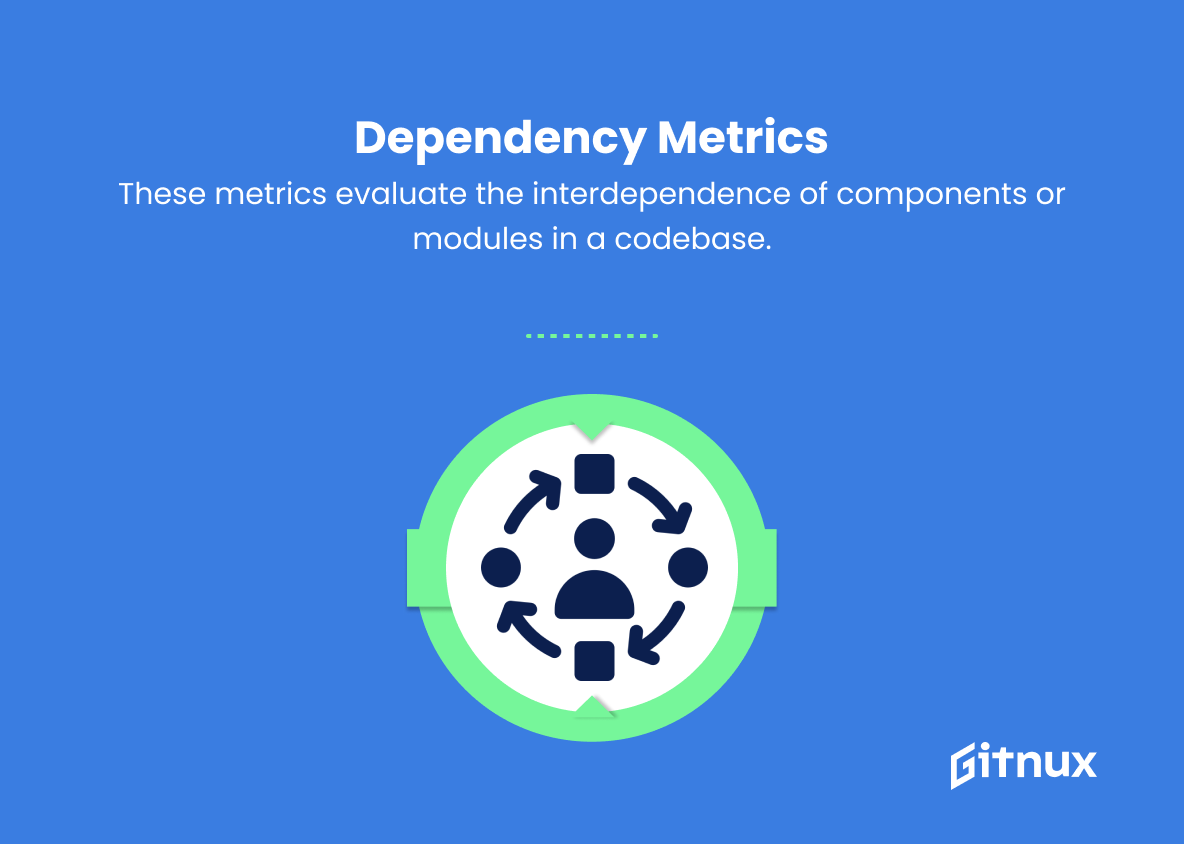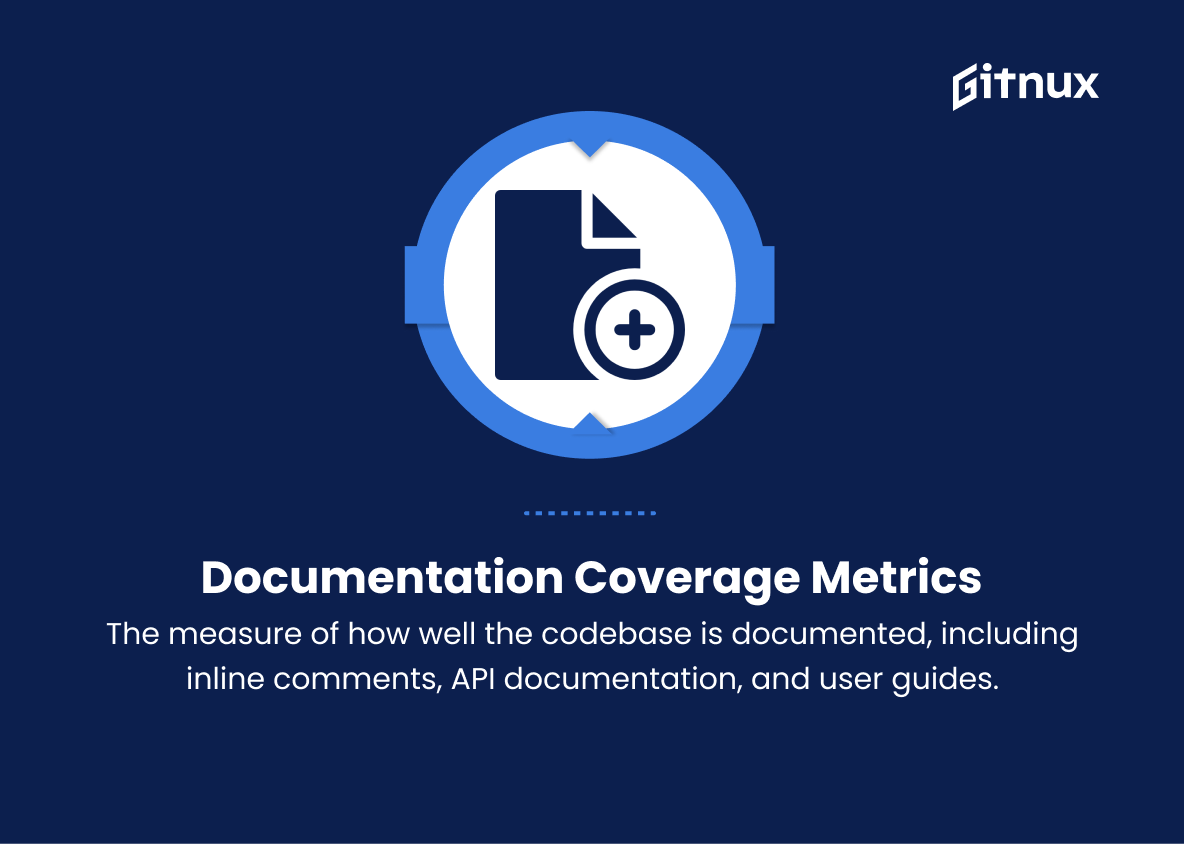In today’s rapidly evolving technological landscape, businesses and developers often find themselves in a constant race against time to deliver innovative solutions to meet the ever-growing demands of their clients and customers. However, with the urgency to stay ahead of the game, certain trade-offs are made in the development process that could potentially lead to what is referred to as “Technical Debt.”
In this insightful blog post, we will explore the concept of Technical Debt, its real-world implications, and the importance of having Technical Debt Metrics in place to effectively measure, monitor, and manage this critical aspect of the software development lifecycle. By understanding the key indicators, organizations can strategically address their technical debt, leading to more efficient and maintainable systems, greater long-term profitability, and a competitive edge in the market.
Technical Debt Metrics You Should Know
1. Code Complexity Metrics
These metrics assess the complexity of the codebase, including cyclomatic complexity, nesting depth, and Halstead complexity. They help identify areas of the code that may be difficult to understand, maintain or refactor.
2. Code Duplication Metrics
This metric quantifies instances of duplicated code across the codebase, indicating potential inefficiencies and the need to address refactoring tasks.
3. Code Churn Metrics
Code churn measures the frequency of changes in a codebase over time, reflecting the level of stability and maturity. High churn rates may indicate potential instability or lack of robustness.
4. Code Smells
Code smells are patterns or symptoms of potentially problematic code that can lead to technical debt. Examples include long methods, large classes, inheritance misuse, or feature envy.
5. Code Coverage Metrics
These metrics determine the extent to which the codebase is covered by unit tests. Low code coverage suggests a higher likelihood of undiscovered issues and potential technical debt.
6. Dependency Metrics
These metrics evaluate the interdependence of components or modules in a codebase. High coupling and low cohesion indicate a brittle system with increased complexity and technical debt risk.
7. Documentation Coverage Metrics
The measure of how well the codebase is documented, including inline comments, API documentation, and user guides. Poor documentation increases the difficulty of understanding, maintaining and evolving a system, contributing to technical debt.
8. Architectural Debt Metrics
These metrics assess the conformance of the implemented architecture to the intended architecture, disorganized dependencies, or abandoned designs that can lead to technical debt accumulation.
9. Defect Density Metrics
This metric is the ratio of defects to the size of the codebase, normalized by lines of code or function points. High defect densities suggest code quality issues that contribute to technical debt.
10. Time-to-Fix Metrics
The average time taken to resolve issues, including bug reports, feature requests, and technical debt reduction tasks. Longer times for fixing issues may indicate a high cost of paying down technical debt.
11. Open Issue Age Metrics
This metric measures the age of unresolved issues, bugs or tasks. A high average age for open issues signifies an accumulation of technical debt that hasn’t been addressed.
12. Backlog Management Metrics
These metrics relate to the organization and prioritization of tasks in the backlog, including technical debt items. The balance between feature development, maintenance, and technical debt reduction tasks is crucial, with a skewed focus on feature development potentially resulting in mounting technical debt.
Technical Debt Metrics Explained
Technical debt metrics are essential in software development to ensure maintainability, efficiency, and reliability of a codebase. Code complexity metrics aid in identifying problematic areas due to their intricate structures, while code duplication and code churn metrics pinpoint inefficiencies and potential instability. Code smells serve as indicators for issues that contribute to technical debt, and code coverage metrics gauge the effectiveness of unit tests in catching underlying problems. Dependency metrics assess the robustness of a system by measuring its interdependence of components, and documentation coverage metrics determine the ease of understanding a codebase.
Architectural debt metrics evaluate how closely the current implementation aligns with intended architecture, and defect density metrics reveal the overall code quality. Time-to-fix and open issue age metrics highlight the speed and backlog in handling problems, while backlog management metrics ensure a balanced approach to feature development, maintenance, and technical debt reduction. These metrics combined create a comprehensive overview of a project’s health and guide developers in minimizing technical debt.
Conclusion
In summary, understanding and monitoring technical debt metrics is crucial for businesses to maintain and improve their software systems. By regularly assessing code quality, complexity, and other contributing factors, organizations can effectively manage technical debt, thereby ensuring the long-term stability and efficiency of their platforms.
Timely identification, prioritization, and resolution of issues will not only create a robust and scalable infrastructure but also enhance the user experience and drive overall business success. Ultimately, addressing technical debt is not just a responsibility of developers and IT teams, but a proactive and strategic investment that will benefit the entire organization.












